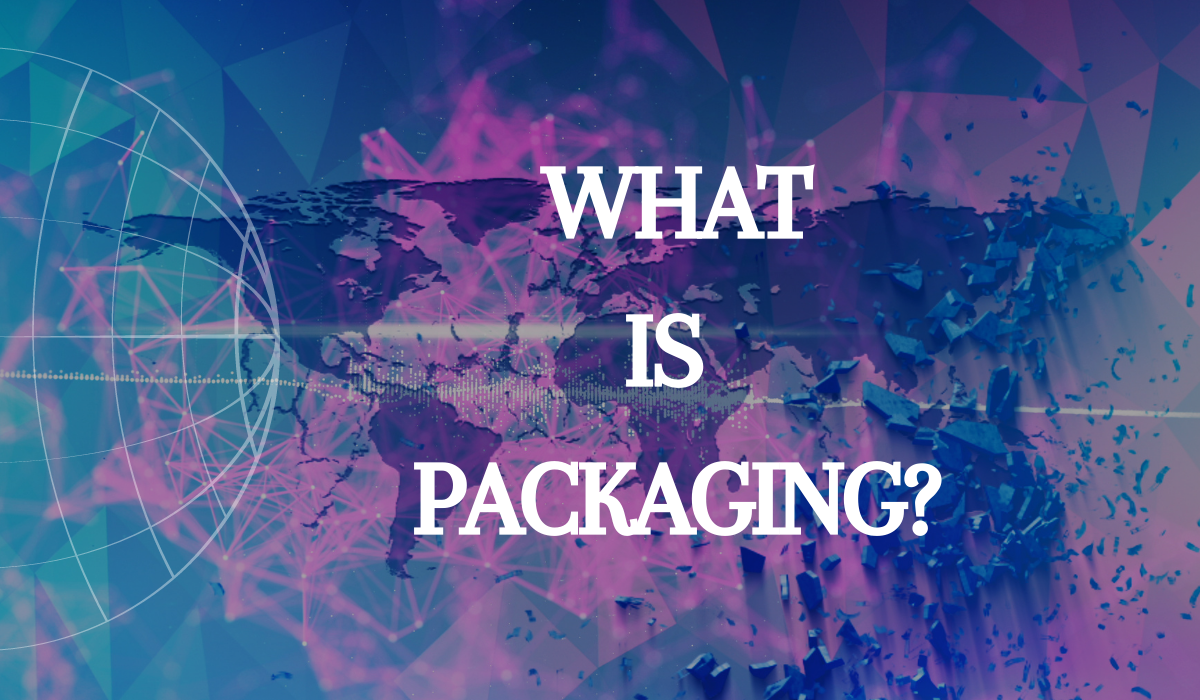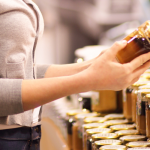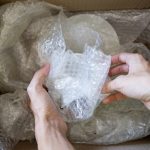Packaging is the group of activities that concentrate in making the design of the packaging and producing a good and attractive container or wrapper for the product. Packaging refers to the covering /wrapping and crating of goods they are transported or stored.
It is a physical process that provides handling convenience, for example, rice, wheat, cotton, or any other agricultural product. It is important to prevent the flowing out of the liquid and is essential to maintain the freshness and quality. It can stop the danger of adulteration.
You should also read the
It is the subdivision of the packaging function of marketing. It involves much more than placing products in containers or covering them with packaging. Obviously, the packaging is closely related to the labeling and branding of the product because the label often appears on the package and the brand is basically on the label. Packaging defines the space in which a product is contained.
The history of packaging was introduced back in the year 1035, when a Persian traveler, visit markets in Cairo, He noted that the paper is used to wrap the products like the hardware, vegetables, and spices for the consumer. With the changing of time, attempts were made to use the natural materials available like baskets of reeds, pottery vases, wooden boxes, woven bags, etc. However, the invention of paper and cardboard was done in the 19th century.
There was a revolution in the packaging in the early 20th century due to certain modes of packaging designed, for example, Bakelite closures on bottles, transparent cellophane wraps, and panels on cardboard boxes, which increased the processing efficiency and improved food safety. As additional materials like aluminum and other types of plastic were developed, they were incorporated into packages to improve functionality and performance.
It is the science, art, and technology of surrounding or protecting products for distribution, warehousing, sale, and use. Packaging is also known as the process of design, evaluation, and production of packages.
Briefly, packaging can be described as a coordinated system of preparing goods for transportation, warehousing, sale, and end-use. Packaging involves protection, preservers, and transports, informs, and sells, in many countries it is fully integrated into government, business, institutional, industrials, and personal use.
Packaging means wrapping or packing goods to make them look attractive as well as secure to keep the products secure and safe for holding the products and transportation. The term packaging is being used to mean both packing proper as well as packaging. Traditionally, the packaging is referred to as retail or consumer container and packing to transport container.
Glass, plastic, wood, and metals are used Different types of products need different types of packaging, liquid products are packed in bottles and barrels, and solid products are wrapped. Companies use special containers for fragile products, such as glassware. The terms packing and packaging are similar but there is a certain amount of difference between the two. Packaging means wrapping the product itself so that it is protected from damage, leakage, dust, pollution, contamination, etc. Packing means putting all the packages in box, container, chest, crate, etc. For the purpose of storage, transportation, handling, etc.
Recently packing was being considered a minor element in the marketing of the product. But now it has become an important part of the product itself. Packages are the major means of creating product preference. Hence it has become a very important area of managerial decisions.
Alshafaf packaging company thanks you to read our blog post. If is there any issues or doubts feel free to contact us, our packaging company expert always ready to help in all possible manner.




